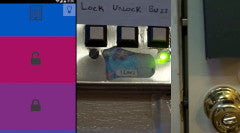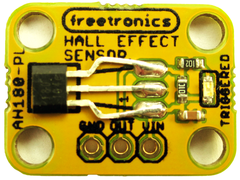Here at Freetronics we often talk about how an Arduino can be the heart between many types of musical instruments - and another example we've found by Bonnie Eisenman is another interesting way of making music.
A mug of water is used via some simple circuity to the Arduino as the interface for the instrument, which is used as a touch interface. Data gathered by the Arduino is then send back to a PC and interpreted via ChucK music programming software. This is an interesting demonstration of turning everyday objects into touch sensors, and demonstrated in the following video:
If you're interested in making your own touch-sensitive musical instrument, visit Bonnie's Instructable page. And for more, we're on facebook, Google+, and twitter - so follow us for news and product updates as well.
Have you been reading about Arduino and would like to understand more so you can work with projects like the example above, but not sure where to start? Then order one of our Experimenter's Kit for Arduino:
The package includes a wide variety of parts, sensors and modules including: a servo motor, lights, buttons, switches, sound, sensors, breadboard, wires and more. Furthermore a Freetronics Eleven Arduino-compatible board is included to make this an extensive hobby experimenter, inventor and starter kit.
However we don't leave you alone to figure it all out, included is a great project and instruction booklet, plus access to a supporting web page and software examples. In other words - this is everything you need to get started for a fun range of electronics and Arduino related projects! So to get started or for more information and to order, check out the product page.























